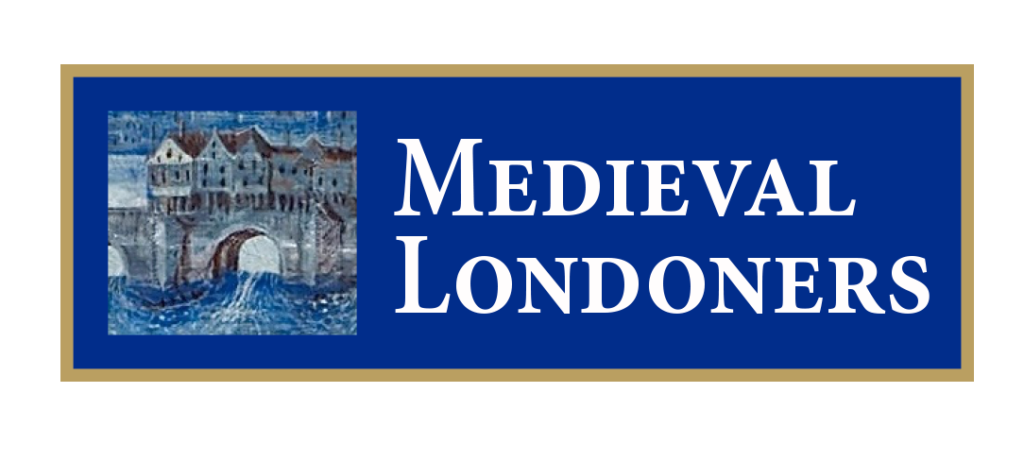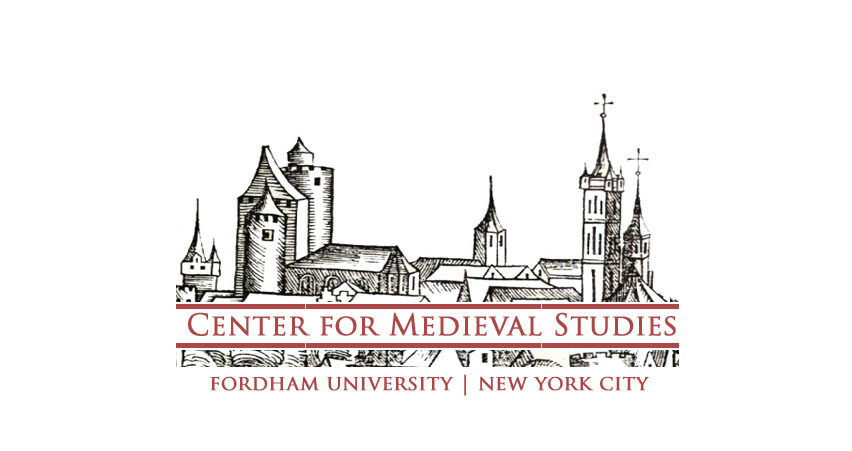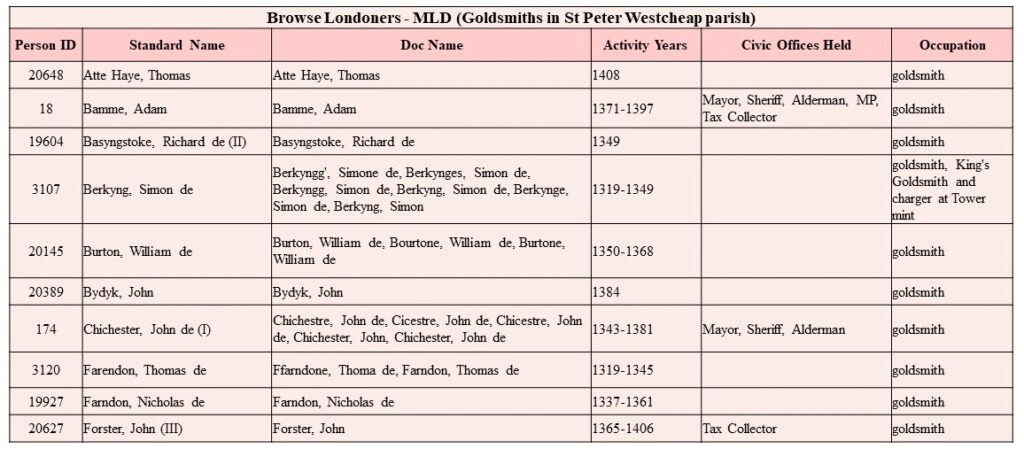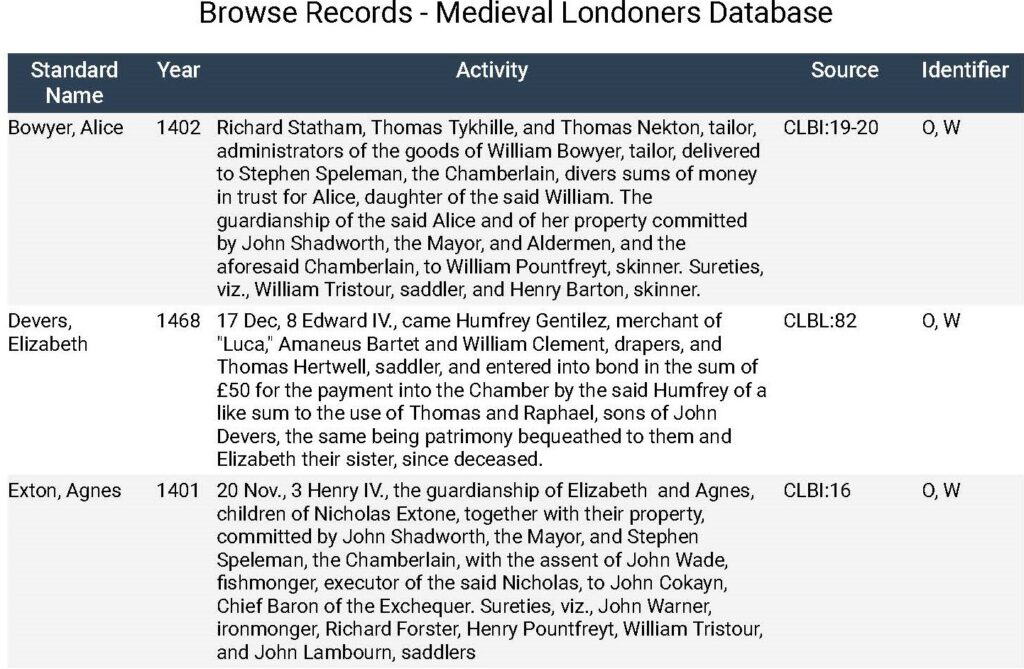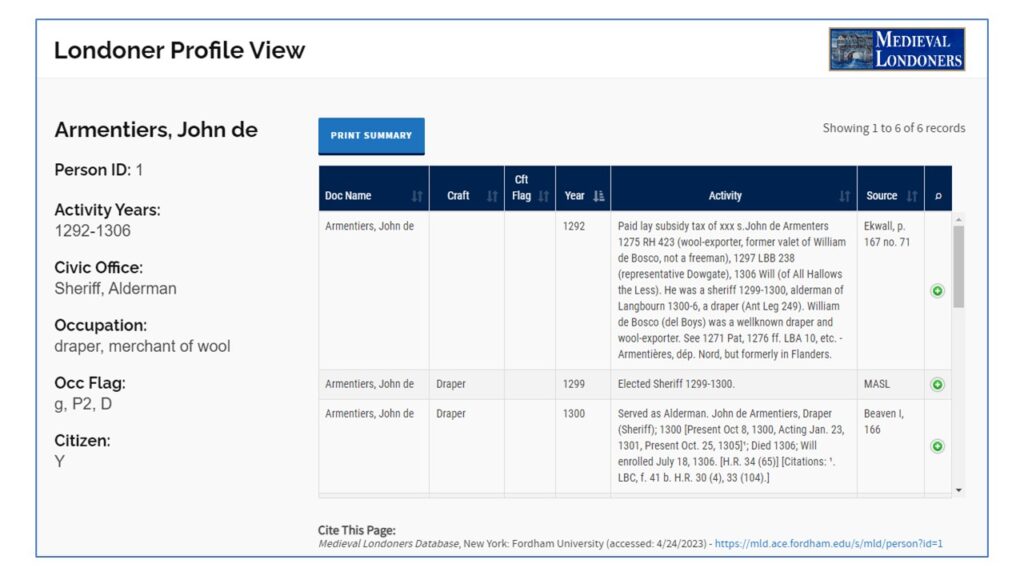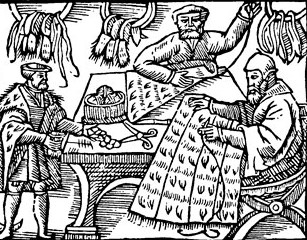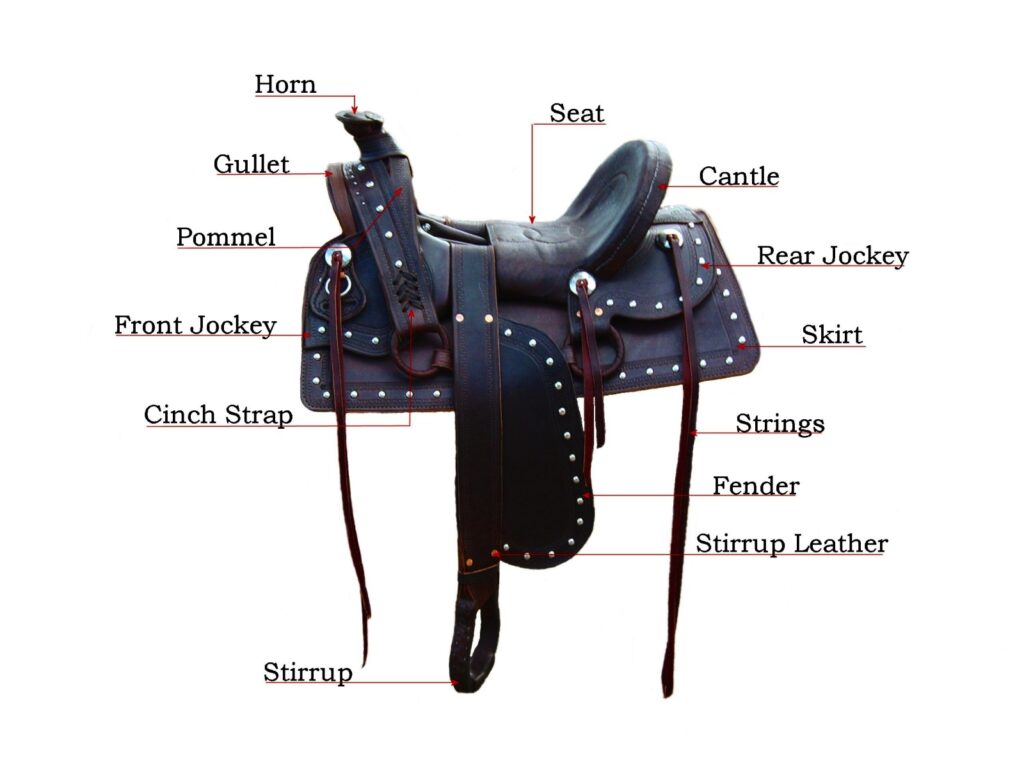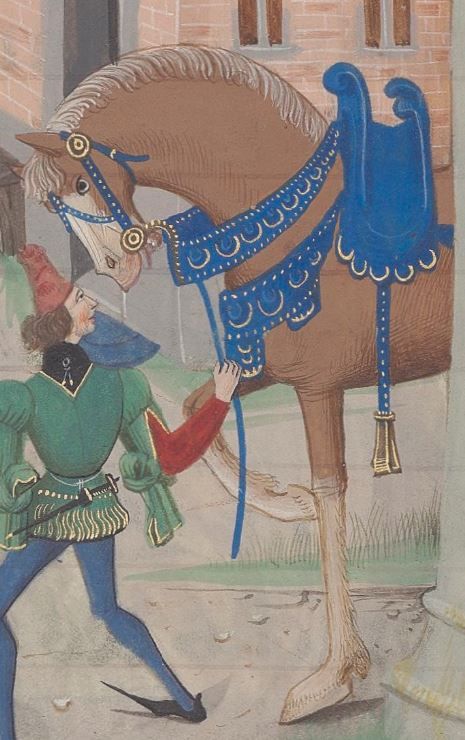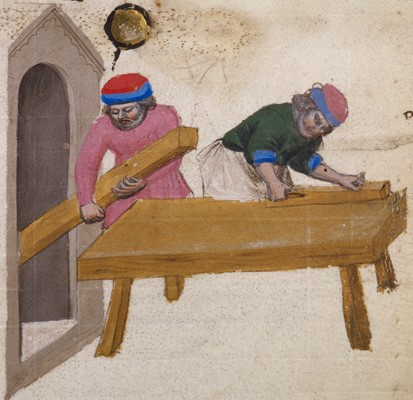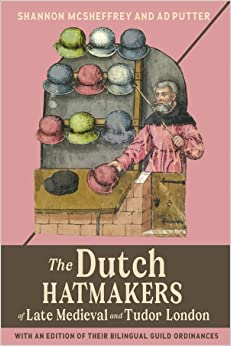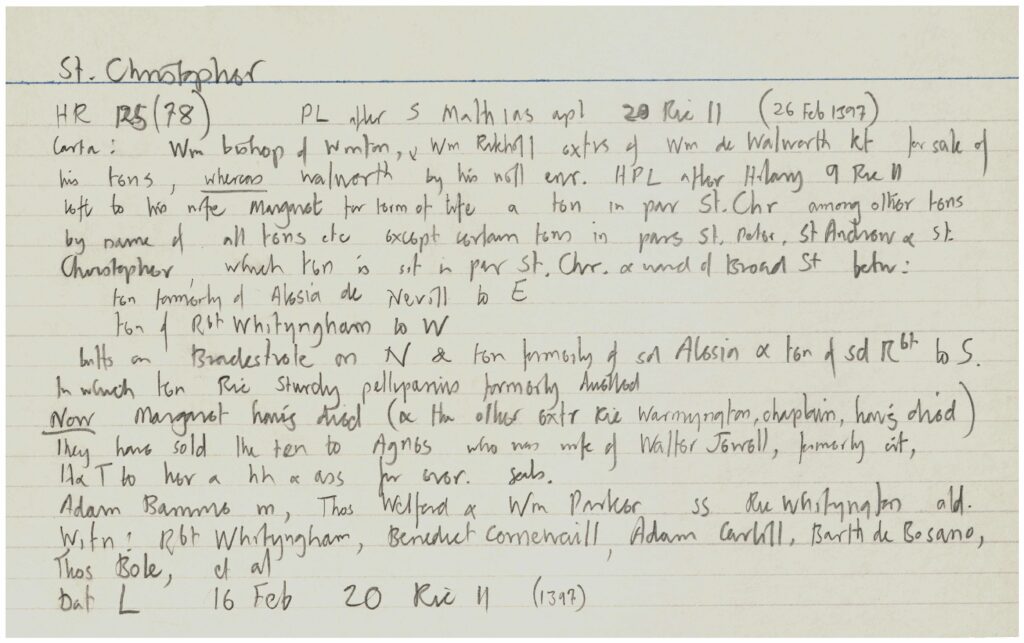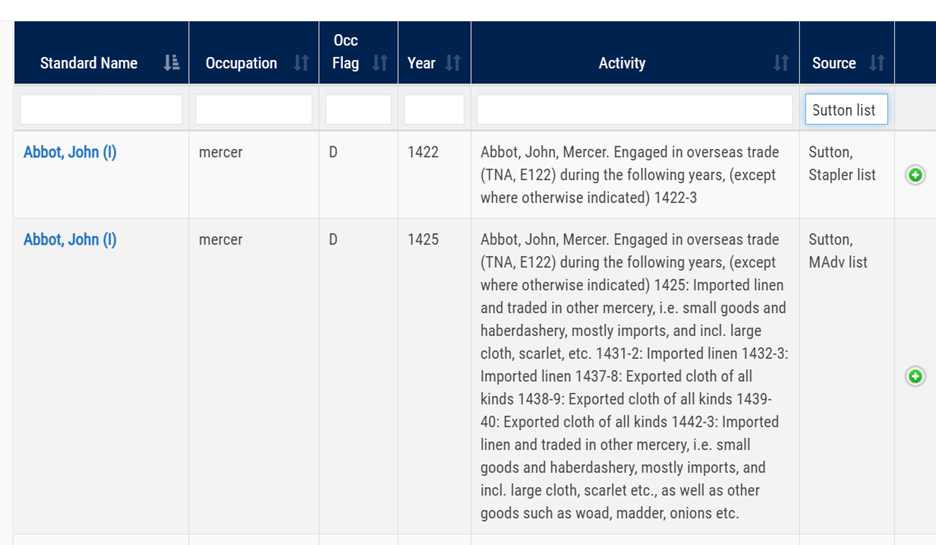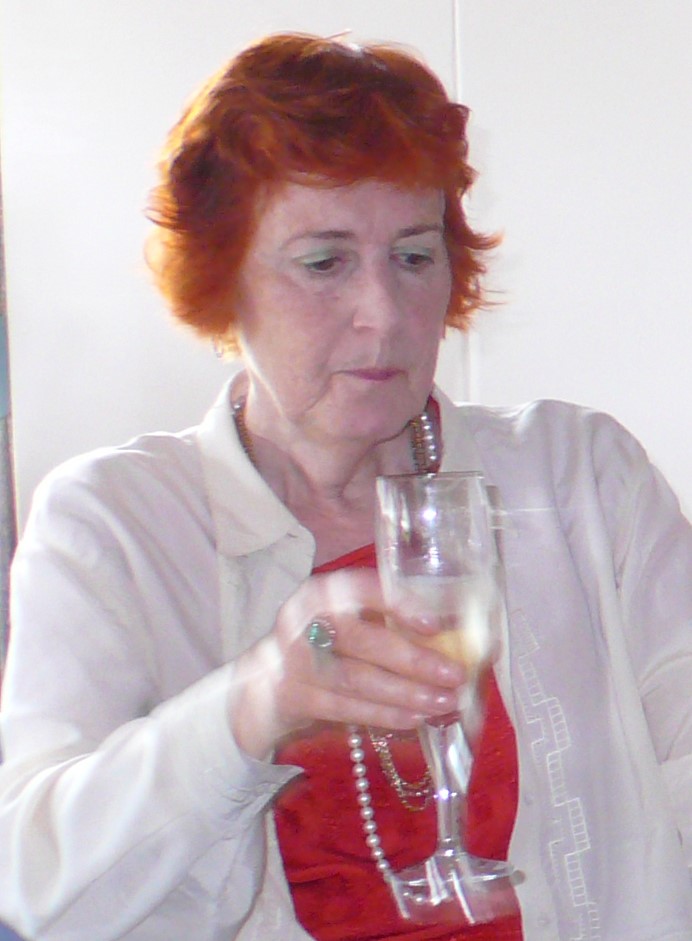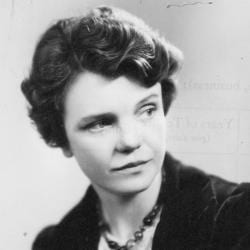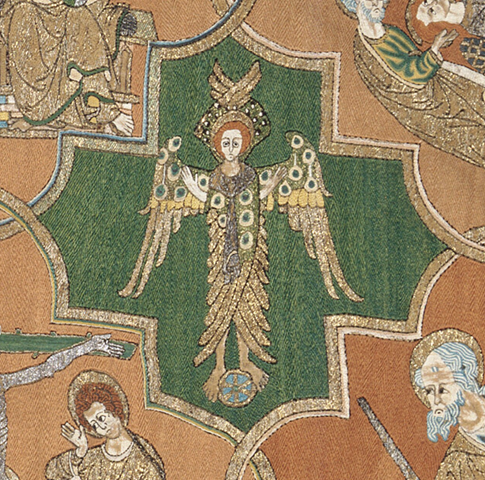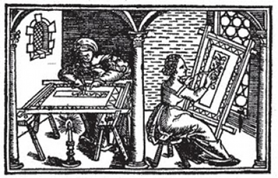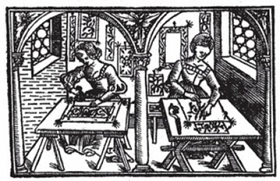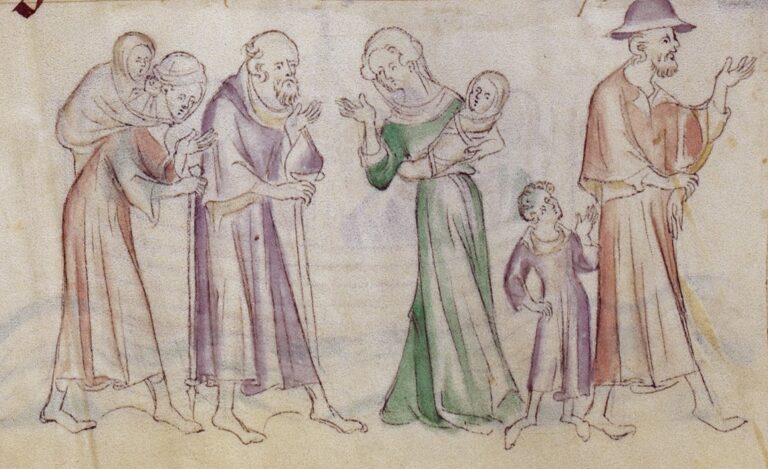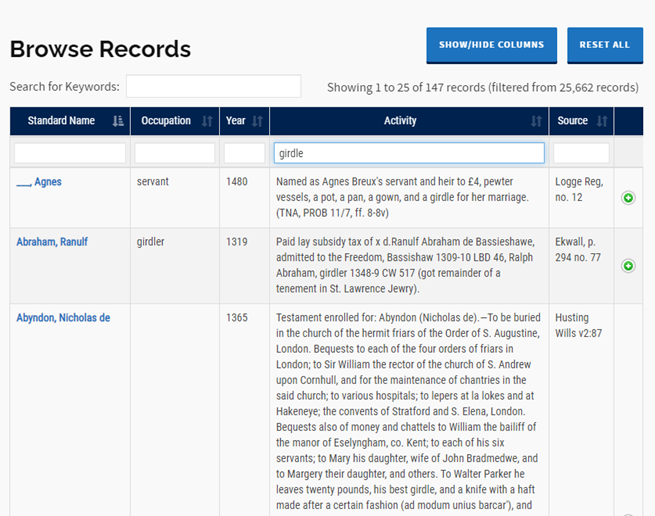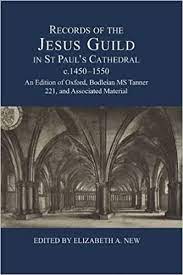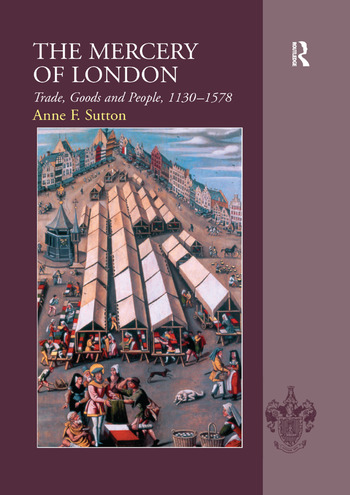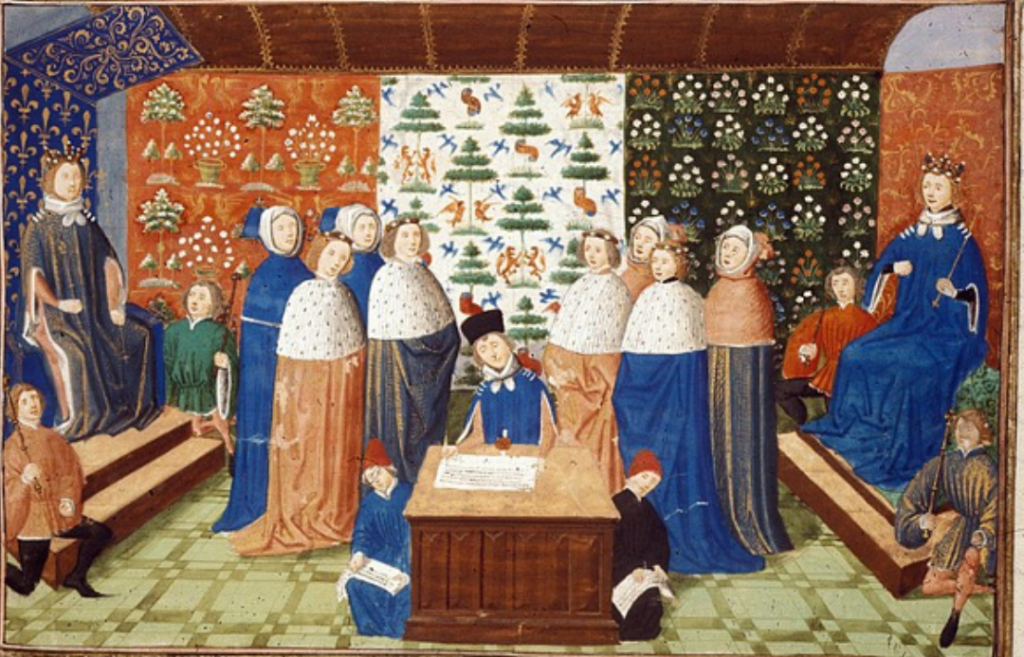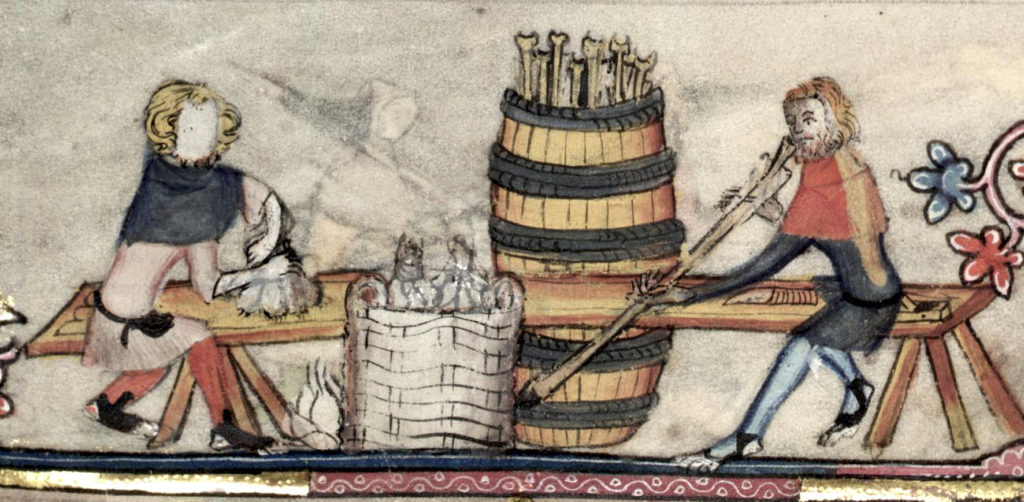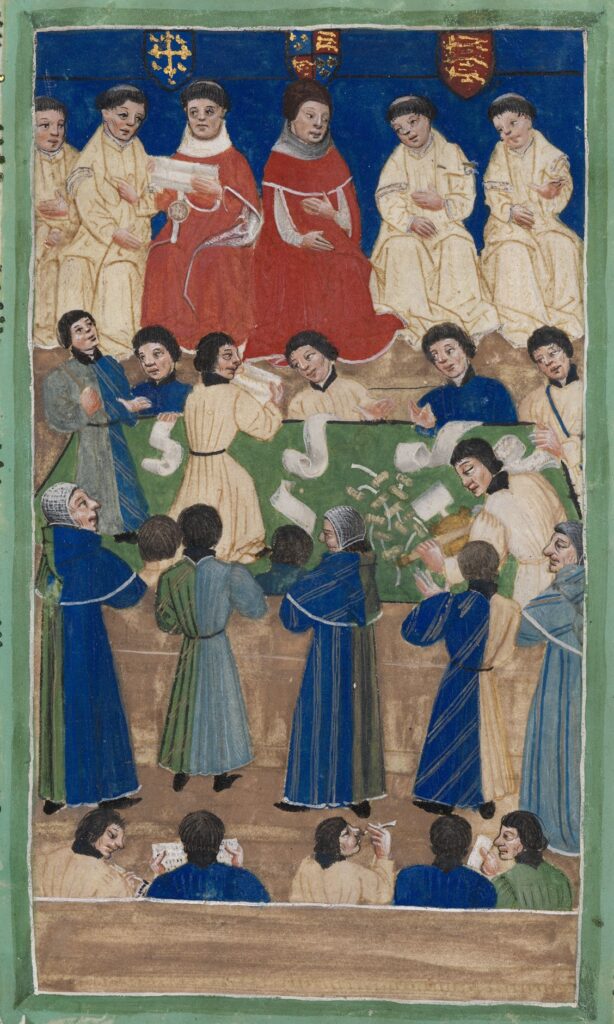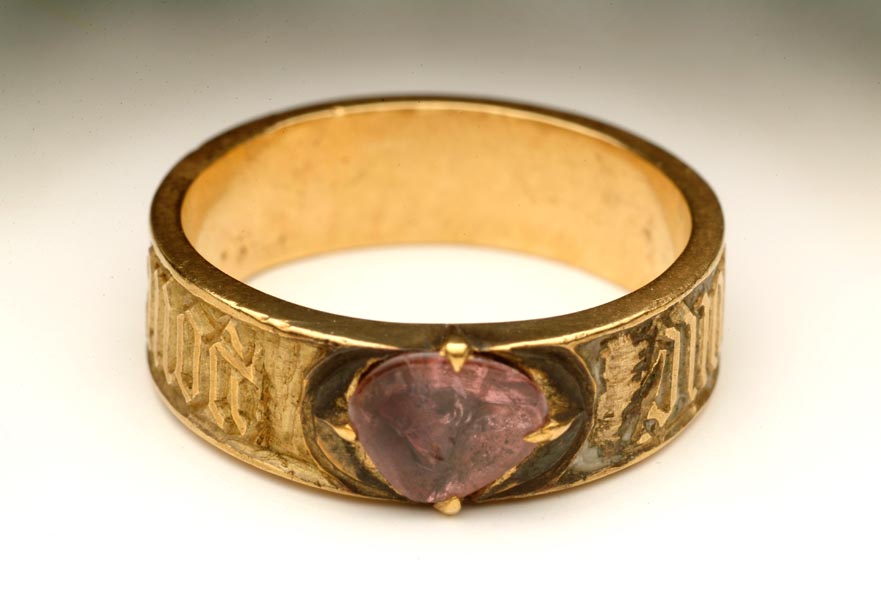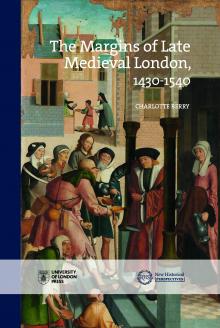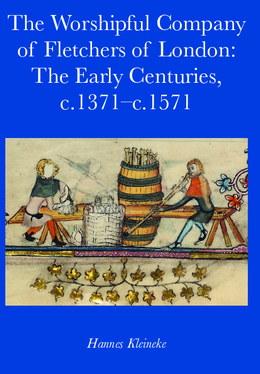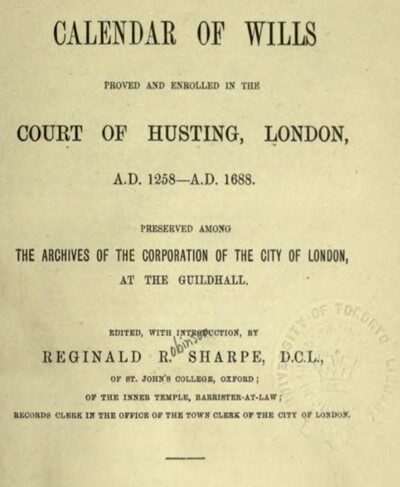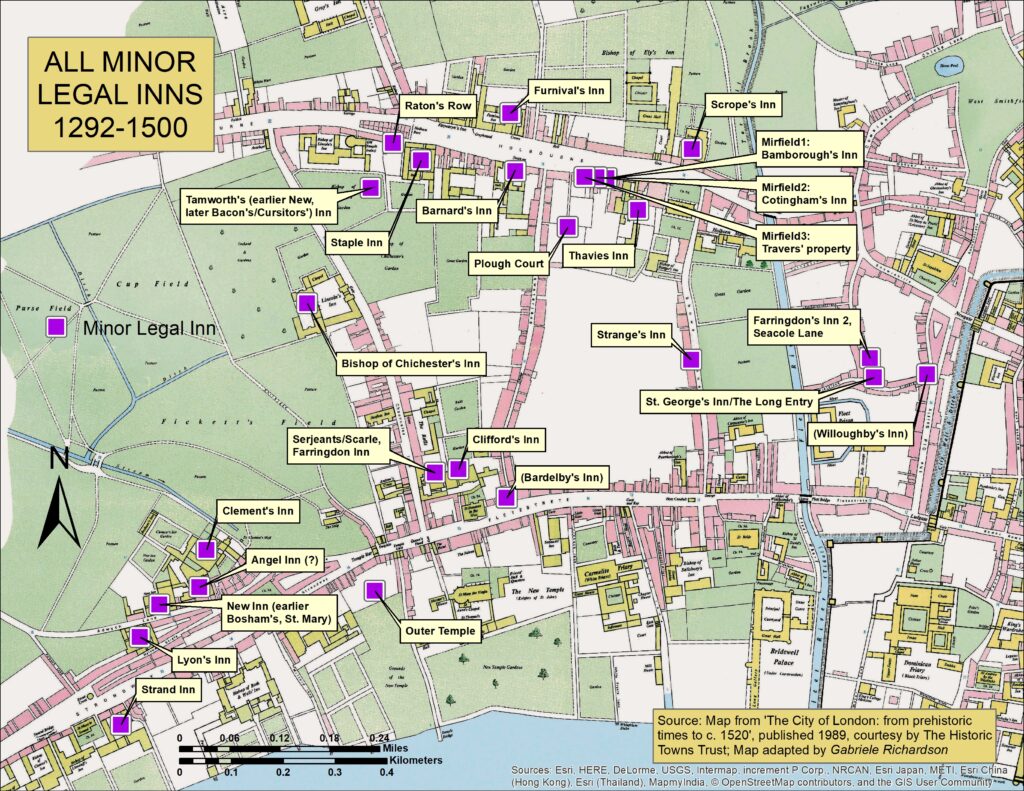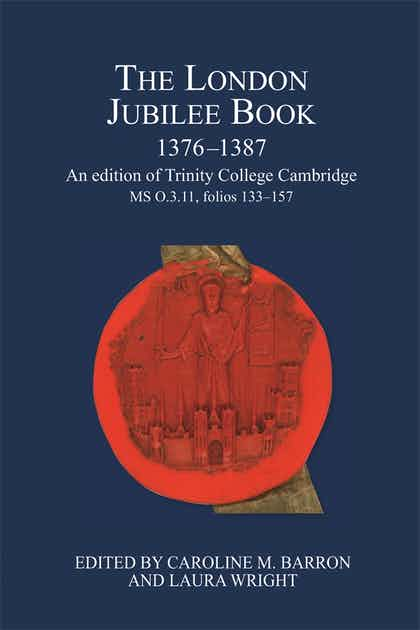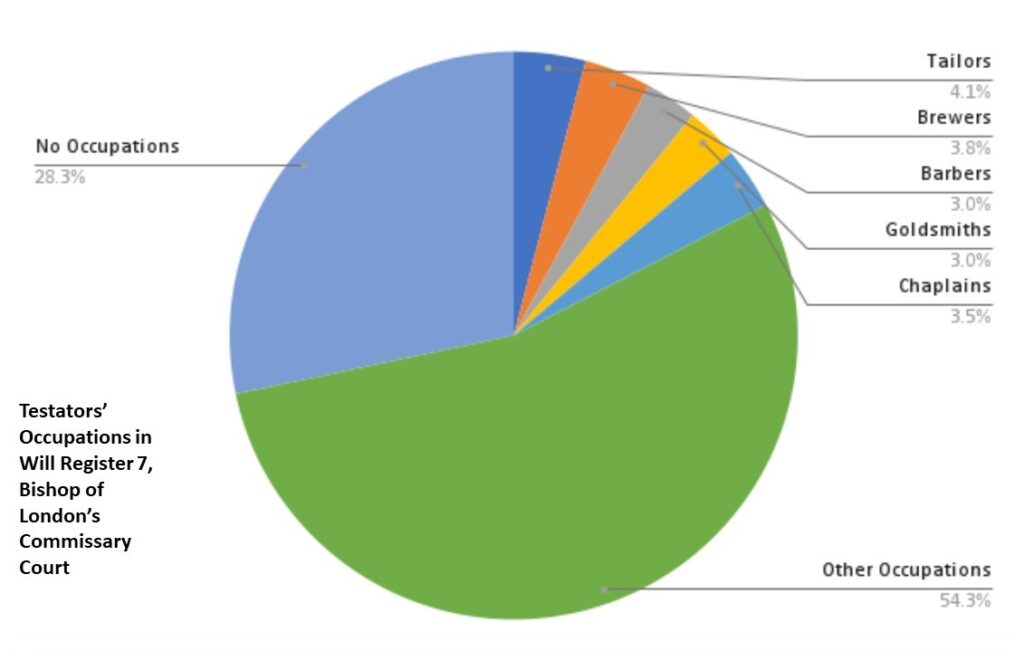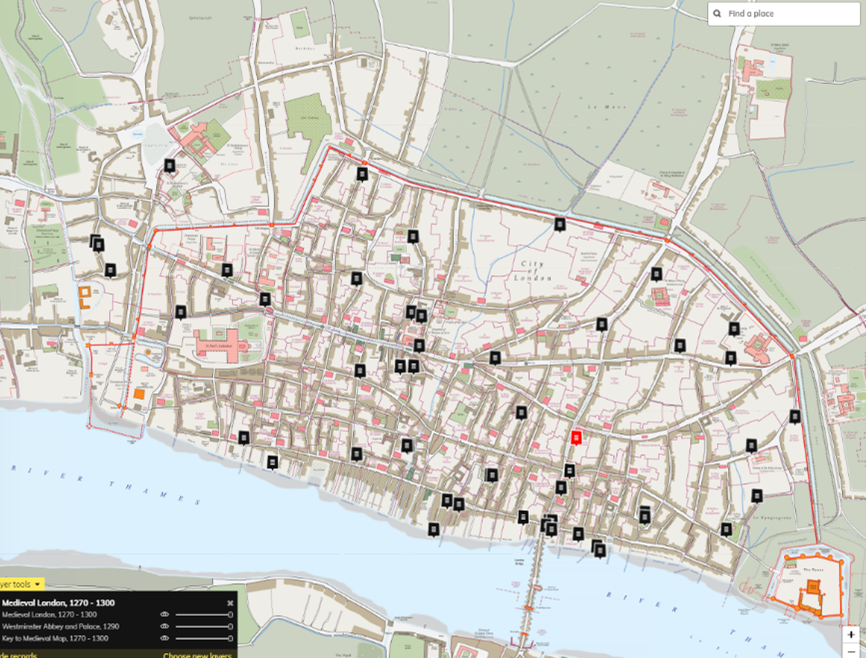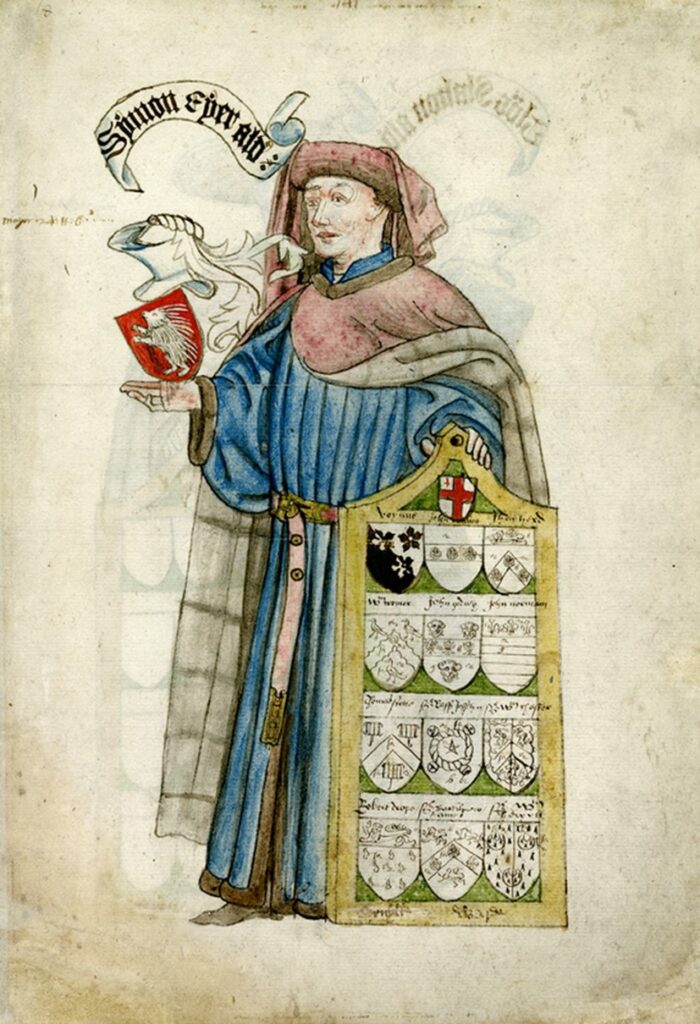Welcome to the Medieval Londoners Blog. Please subscribe to receive updates on new material added to the Medieval Londoners Project and other items of interest to those working on medieval London. Since the last post, MLD has added over 1000 new records: 600 on Jewish Londoners, 308 on the Pinners and Wiresellers, 103 records of lawyers active in the central courts, and 58 records for clerks and lawyers serving in the courts of Common Pleas and King’s Bench. For other forthcoming datasets, see What’s New in MLD?
Medieval Jewish Londoners
There is a surprising amount of documentation about the Jews who resided in London before their expulsion from England in 1290, particularly for the wealthier Jews who paid the regular tallages assessed by the crown. Many of the new MLD records come from these royal levies in 1189, 1194, 1239 and 1241, along with other sources such as deeds, the Pipe Rolls, and debt disputes. Secondary sources, particularly by Joe Hillaby, proved an especially important source of records on London Jews. Also noteworthy are the biographies of Jews who were incarcerated or sought refuge in the Tower of London. Compiled by Historic Royal Palaces for The Jewish History of the Medieval Tower of London, this project also produced a catalogue of archival sources for studying medieval English Jews. We have included in MLD only those biographies relating to Londoners: 48 of the total 245 biographies.
The entries for Jewish Londoners relate some powerful stories about the difficulties they faced. Elijah le Blund, for example, was a member of the wealthy le Blund family, who were so harshly taxed by the crown that in 1252 Eijah, his wife Flora, his brother Aaron and his wife Pigona, and their son Samuel attempted to flee England. They were caught, their properties were confiscated, and the men were imprisoned in the Tower of London, released only on payment of very large sums that considerably reduced their wealth. In 1264, Elijah fled to the Tower on his own, this time seeking protection from a violent attack on the London Jewry led by supporters of Simon de Montfort in which many were killed and properties burnt to the ground. Elijah died in the Tower, likely of wounds he acquired during the attack. His nephew Samuel had difficulty paying his tallage arrears and seems to have also been a victim of the Montfortian civil war and anti-Jewish riots. Samuel’s properties were destroyed, and after he died, his treasure was supposedly dug up and taken away from his house.
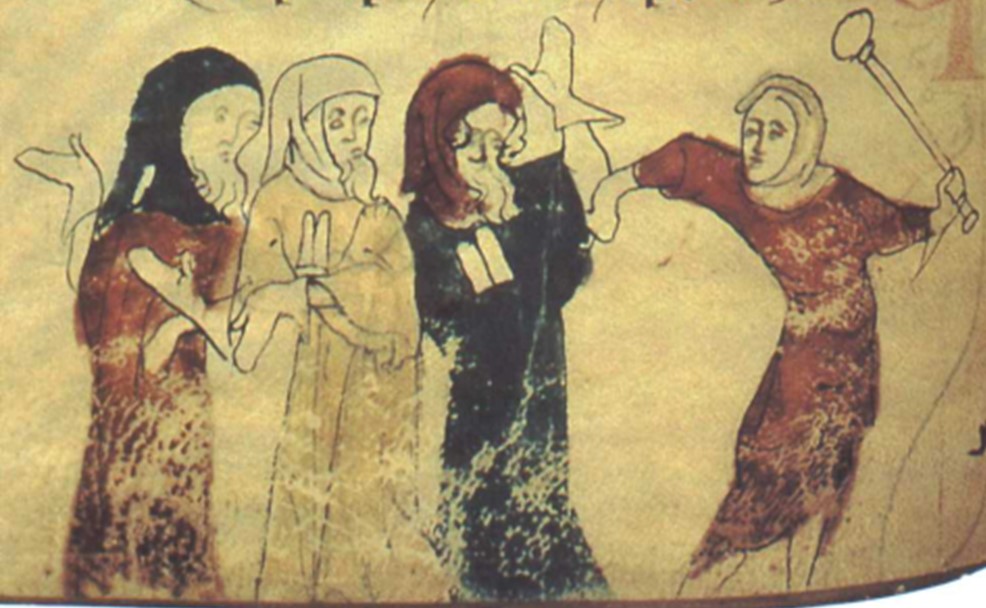
Inclusion of this dataset in MLD required adoption of naming protocols that differed from our usual practice. Jews in medieval England had Hebrew names, but usually spoke French, yet scribes recorded their names in Latin, often christianizing Hebrew names. Modern translators have also tended to anglicize Jewish names. Further difficulties arise because Jews relied heavily on matronymics and patronymics, which makes awkward MLD’s usual reliance on putting surnames first in the Standard Name field. In light of these issues, although we follow MLD practice for standardizing forenames by anglicizing them, we start the Standard Name with the individual’s forename, which mirrors current practice by scholars of editions of medieval Jewish sources. We have made exceptions, however, for individuals in well-known families that normally use a surname, such as Crespin, Le Blund, and L’Eveske. For more discussion of these issues, plus a searchable table of Jewish forenames, see MLD Naming Protocols for Jewish Londoners.
The 600 records in this dataset were entered by Rachel Podd and Maryanne Kowaleski. MLD now contains references to 313 different Jews who resided in London between 1155 and 1290. We hope to continue building this dataset by using the many other printed sources available for this work: volunteers to help are welcome!
Pinners and Wiresellers
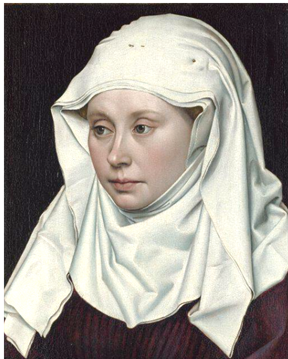
The Pinners officially became a craft in 1356 when their ordinances were approved by the mayor and aldermen of London. Metal pins were a ubiquitous dress accessory in medieval London, especially in the later middle ages when the elaborate head-coverings worn by wealthy women (and men) were held together by pins, as were the veils worn by nuns and most other kinds of loose or draped clothing.
The Pinners were a small and low-status craft that faced increasingly stiff competition from the massive numbers of pins imported from overseas, particularly high-quality pins from the Low Countries. In 1462 they joined other crafts in attempting to secure a ban on foreign imports. Edward IV responded with protectionist legislation that forbade the importation of a large range of manufactured goods, including pins. This favorable charter may have been the impetus behind the Pinners’ decision to start an audit book, which began with the Pinners’ 1356 ordinances and Edward’s charter of 1463. Most of the book, however, recorded the expenditures and revenues of the craft and its affiliated relgious fraternity of St James, stretching over a period of almost fifty years. The Pinners book (BL MS Egerton 1142) has been translated by Barbara Megson, was published by the London Record Society in 2009, and is now avaialble on British History Online.

The fortunes of the Pinners did not, however, continue to thrive. Beset by financial challenges such as repair bills for the premises they rented for their meetings, unpaid loans they made to craft members, and continuing competition from foreign imports, the Pinners chose in the late 1490s to amalgamate their craft with the Wiremongers (who had joined with the Chapemakers in 1479), calling the new craft the Wiresellers.
Dr Marija Blaskovic has created a dataset of 308 records taken from the Appendices to Megson’s edition, which include the wills of 32 testators (1352-1529) and a list of the craft wardens (including the umper, the senior warden) for the period 1356-1510/11. She is now working on a second dataset that will include references to the expenses and members of the Pinners’ fraternity of St James.
London Lawyers
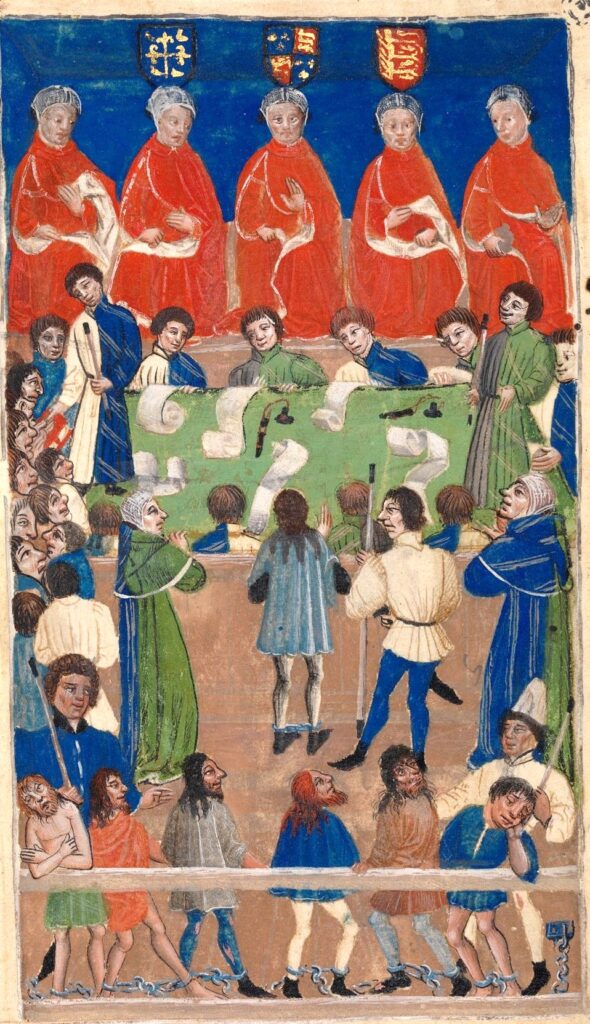
With the consent of Sir John Baker and the Selden Society, MLD has started a project to extract biographies of London lawyers in John Baker, The Men of Court 1440 to 1550 : A Prosopography of the Inns of Court and Chancery and the Courts of Law, Selden Society, supplementary series, vol. 18 (London, 2012). Although most medieval lawyers would have resided in London while studying at the Inns of Court, the majority eventually left London and conducted the bulk of their legal practice elsewhere. A good part of the work in constructing this dataset therefore lies in determining which lawyers continued to reside in London or spent enough of their working life in the city to justify inclusion in MLD. This work is being done by Dylan Warnasiri, a senior at Fordham University who is interested in a legal career.
An initial dataset of 103 entries (Acton to Carpenter) has been uploaded, with a second installment (C thru H) due to be uploaded in the coming months.
Clerks and Lawyers of the Courts of Common Pleas and King’s Bench
Prof. Malcolm Richardson continues to add records for the professional clerks and lawyers of the central courts in Westminster. His starting point this time was Linda Clark’s section on “Clerks and Officials of the Courts if King’s Bench and Common Pleas,” in The History of Parliament. The Commons 1422-1461, vol. 1, pp. 446-50. His dataset includes 58 men, all of whom served as MPs, but usually for constituencies outside of London. Most were lawyers who had trained at the London Inns of Chancery as young men. Although most young lawyers left London to practice law in the provinces, a number of them continued to practice law in the central courts at Westminster. MLD counts as “Londoners” those who not only had their main residence in London, but also those who we can show regularly worked in London (or Westminster or Southwark) and owned property or were buried there.
This group includes men like Thomas del Rowe, who served as a clerk of the court of Common Pleas and keeper of writs, a position he lost to a rival claimaint who also accused him of removing writs from the great hall of Westminster. He did eventually rise to become a filazer in Common Pleas from 1449 to 1452 (a filazer was the clerk who wrote out and enrolled judicial writs, a lucrative position). Work as a filazer would have kept him in London for many months of the year. Although he served as a MP for Horsham (sussex), he held property in St George’s Lane (outside Newgate) through his wife, Thomasia, a daughter and the heir of Peter Pope, a London draper. Del Rowe also accused several prominent Londoners of being involved in the murder of his brother James (called a ‘gentleman of London’) in Yorkshire.
Another filazer, Richard Bruyn, leased property in St Clement Danes and St Dunsan in the East and likely held other properties through his wife, Joan Rickhill, a Kentish heiress. He apparently married her in c. 1431 when she divorced her first husband. For almost twenty years he provided legal counsel to the abbot of Wesminster; he was also admitted to the Merchant Taylors, perhaps for his legal help. He served as under-sheriff of London but also MP for Newcastle-under Lyme and for Stafford. He had Lancastrian sympathies since in 1460, he was pardoned for attacking the city from the Tower.
A New Book
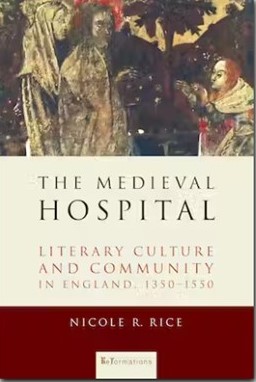
The Medieval Hospital: Literary Culture and Community in England, 1350-1550 (University of Notre Dame Press, 2023) by Nicole R. Rice, analyzes the role played by late medieval hospitals as sites of literary production and cultural contestation. Three of the chapters focus on St Bartholomew’s hospital in London. Chapter 2 explores how the late medieval literary history of St Bartholmew’s centered around the treatment of women, highlighting the themes of corruption and purification. Chapter 3 examines the reading practices of the lay community in the hospital’s close, particularly the texs that the bibliophile and scribe, John Shirley, himself a resident, copied and assembled for his neighbors. Chapter 4 looks at collaborative devotional reading at St Bartholomew’s and St Mark’s hospital in Bristol for clerical and lay, female and male hospital residents.
Papers on London at the November 2023 NACBS meeting
Among the eight medieval sessions at the annual conference of the North American Conference on British Studies, held this year in Baltimore in November 2023, the following papers focused on London. If you are interested in giving a paper on a medieval topic at the 2024 conference, to be held in Denver, November 15-17, contact kowaleski@fordham.edu.
- John McEwan (St Louis University): London and the Expedition of Louis of France to England: Consequences for the Men in London’s Civic Government
- Bethany Donovan (University of Michigan): Counterfeit Leather and Craft Competition in Late Medieval London
- Caroline M. Barron (University of London, Royal Holloway): The Drawings of the Aldermen of London in 1446
- Nicole R. Rice (St John’s University): Widows Reading at the Late Medieval Hospital: The Case of Joan Astley
- Katherine L. French (University of Michigan): All that Glitters is not Gold: Women Goldsmiths in Late Medieval London
- Martha Carlin (University of Wisconsin-Milwaukee): An Emperor Visits London: Lodging and Feeding the Entourage of Charles V, June 1522
- Shannon McSheffrey (Concordia University): Stalled Careers, Masculinity, and Xenophobia in the Early Sixteenth-Century London Skinners’ Company
- Vanessa A. Harding (Birkbeck, University of London): Early Modern London Families: Beyond the Household
